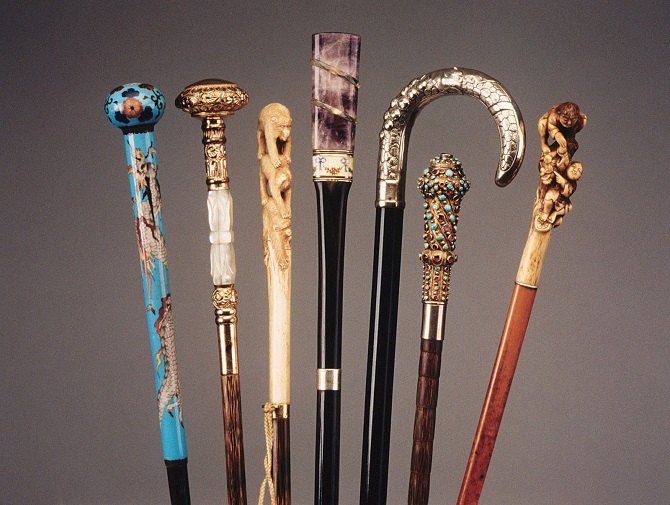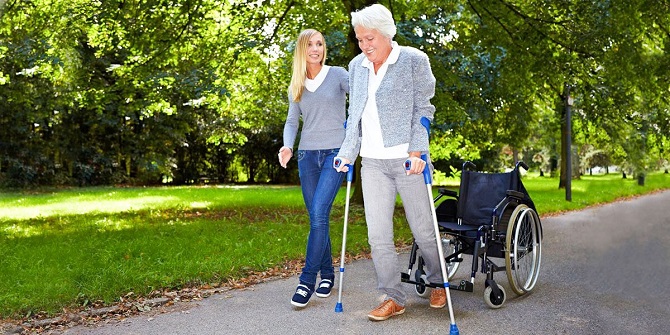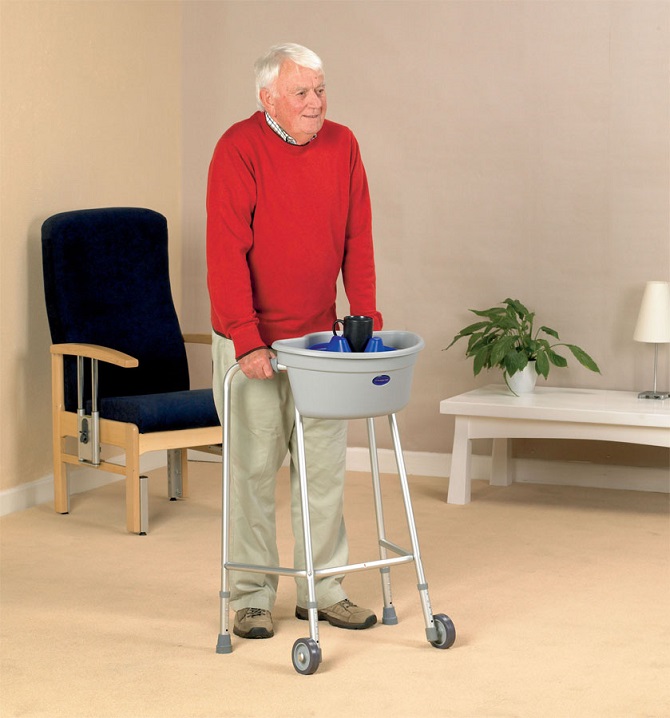24
Sep

There are certain things related to mobility that disabled people are bound to experience with difficulty. In order to make lives easier for such people, there are different types of walking aids which enable greater freedom and independence. These walking aids have a huge positive impact on disabled people’s lives as they increase their confidence, self-esteem and reduce their pain. Generally speaking, the walking aids for disabled improve the overall quality of their lives. Here is a simple guide to the most commonly used walking aids.

Sticks are used when there is a problem with balance and a risk of falling. They can be adjusted to fit the person’s height. There are different types of walkings sticks. Wooden sticks have a crook handle and can’t be height adjusted. They are available in various diameter and strengths. The metal sticks are stronger than the wooden sticks and there is the possibility to adjust their height. They can be with right angles handles, crook shaped handles or anatomically shaped handgrips. Then, there are folding sticks which are metal sticks with shafts in sections that can be folded up for storage purposes. Furthermore, there are walking sticks with a seat which are designed especially for people who need to rest from time to time. However, they are not suitable for people who have balance problems and find great support in the stick.

Crutches are walking aids for disabled which should be recommended by a health care professional as they are designed to be used in a pair so that good co-ordination is achieved. There are elbow crutches available in two types: open cuffs and closed cuffs. The open cuff provides support to brace the forearm against in the step-through phase of walking whereas the closed cuff prevents the forearm to slip forwards and out of place.

Walking frames or also known as zimmer frames are mostly used inside the home. They are made up of metal frames and can be aluminium or steel with rubber ferrules on the bottom of the four legs as to prevent slipping, plastic or foam rubber handgrips and they can be fixed or adjustable height. They provide a large area of support but might not be suitable if the person using it tires quickly.

Walkers or rollators consist of a frame with four wheels, handlebars and a seat. They also include hand breaks for extra safety. They are usually preferred over the non-wheeled frames when the balance is a bigger concern than the weight-bearing ability. There are three-wheeled rollators which can enable more manoeuvering but aren’t stable enough. That is why the breaks have an important role. Next, the four-wheeled rollators are the best choice for when the person needs to adopt a more fluent walking pattern. However, they need to be used appropriately as they can move easily when the person leans even for a bit. They are best for outdoor use because of their size but if the closed space is of adequate size, there is no problem using them inside. They are also a preferred choice over the walking frames since they enable walking faster and using less energy.